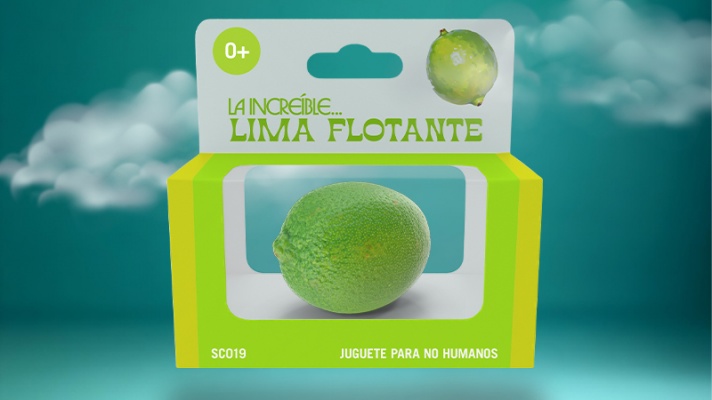Descripción de la Exposición ------------------------------------------------------- ------------------------------------------------------- La lengua de Ernesto is the largest exhibition of Ernesto Neto's works to date. The exhibition housed in the Antiguo Colegio de San Ildefonso features sculptures, drawings, photographs, and objects produced from 1987 to 2011, many of them shown for the first time. Ernesto is a prolific artist, and his vast, complex, and rich oeuvre is extremely coherent-at once formal, contemplative, relational, and interactive; abstract and figurative; full of references to the body, geometry, and science; pleasing to the senses and to the mind. His work is deeply ingrained in a Rio de Janeiro art tradition departing from the mid-twentieth-century Brazilian art movement neoconcretismo, in which key figures such as Lygia Clark, Lygia Pape, and Hélio Oiticica contaminated the abstract geometric language of European masters like Piet Mondrian and Max Bill with the body and everyday life. La lengua de Ernesto was originally organized by the Museo de Arte Contemporáneo de Monterrey. For the Antiguo Colegio de San Ildefonso, Ernesto Neto and the curator Adriano Pedrosa developed a new spatial articulation in close dialogue with the Baroque architecture of the building. La lengua de Ernesto follows a chronological path, retracing many of the artist's most significant exhibitions, which are recreated at San Idelfonso. More than eighty drawings shown outside the artist's studio for the first time are brought to the narrative of the exhibition, establishing dialogues and parallels with the sculptures, whilst not always following the same strict chronology. Lengua, the Spanish word for tongue, has at least two definitions: on the one hand, it is language itself, a method of communication, a codified and structured set of elements developed by the artist. On the other hand, it is the fleshy muscular organ inside one's mouth used for tasting, licking, swallowing, and articulating the sounds of speech. As part of the title of the exhibition, lengua displays this richness of this double connotation, bringing together language and the body, an intellectual construction and a corporeal element, all close to Ernesto Neto's themes and concepts. Ernesto Neto (1964) lives and works in his hometown Rio de Janeiro. He studied at Escola de Artes Visuais Parque Lage and at Museu de Arte Moderna. In 2011 he had important exhibitions at; Faena Art Center, Buenos Aires; and Museo d'Arte Contemporanea of Rome; in 2010 he had solo shows at the Hayward Gallery, London, at the Museu de Arte Moderna Astrup Fernley, Oslo, and at the Museu de Arte Moderna, São Paulo. In 2009 he realized his biggest installation so far at Park Avenue Armory, New York. Among his most important exhibitions are: Museo d'Arte Contemporanea, Rome, 2008; Museum of Contemporary Art San Diego, 2008: Psycho Buildings, Hayward Gallery, London, 2008; Hirshhorn Museum and Sculpture Garden, Washington D.C., 2008; Tropicália, MAM, Rio de Janeiro, 2007; Leviathan Thot, Panthéon, Paris and 35th Festival d'Automne, Paris, 2006; Malmö Konsthall, Malmo, Sweden, 2006; In 2001 he represented Brazil at the Venice Biennal. His work is present at important collections such as: Centre Pompidou, Paris; Hirshhorn Museum and Sculpture Garden, Washington DC; Inhotim Centro de Arte Contemporânea, Minas Gerais; Museo Nacional Centro de Arte Reina Sofía, Madrid; The Museum of Modern Art - MoMA, New York; Thyssen-Bornemisza Contemporary Art Foundation, Vienna.
La lengua de Ernesto. Obras 1987-2011 es la primera exposición retrospectiva del reconocido escultor brasileño Ernesto Neto (Río de Janeiro, 1964).

Exposición. 16 abr de 2025 - 11 may de 2025 / Centro Botín / Santander, Cantabria, España

Formación. 08 may de 2025 - 17 may de 2025 / Museo Nacional Centro de Arte Reina Sofía (MNCARS) / Madrid, España